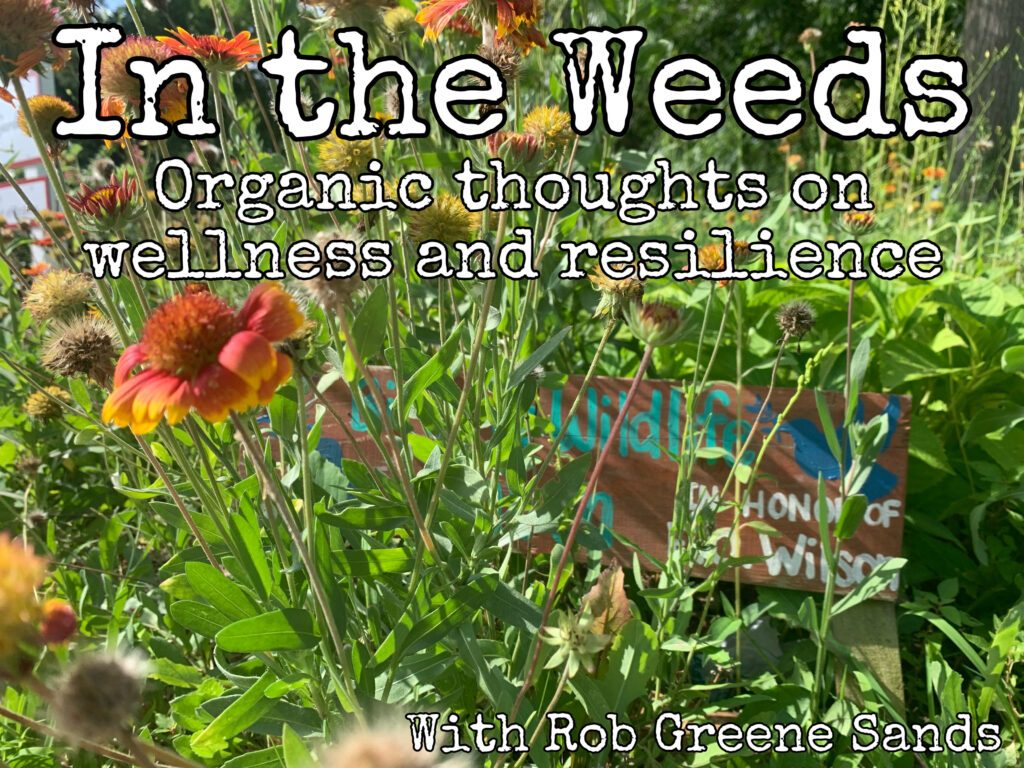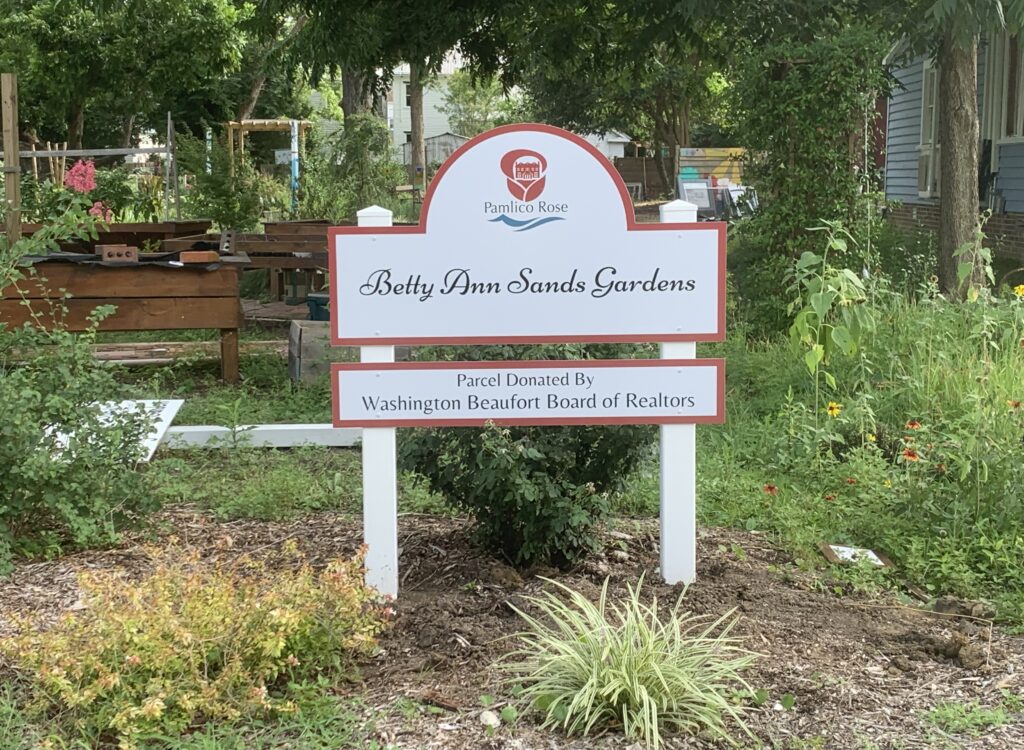
Going hungry is no joke. CNBC reports that twenty-five percent of Americans skip a meal or two every couple days because they can’t afford the food to eat. According to the USDA, 33 million adults and five million children experience daily struggles getting enough and/or the right kind of food to eat. Food insecurity is defined by the USDA as “a lack of consistent access to enough food for an active, healthy life.”
There are many contributing reasons why people are food insecure. Maybe they are homeless or perhaps they lost a job, or they are living in a less than ideal family situation. These reasons, among others, are called risk factors and just a couple of them increase the probability of food insecurity. Risk factors such as poor physical health or mental health issues can certainly lead to unemployment or homelessness and likely food insecurity. Just think of this interplay of risk and enabling factors as playing three-dimensional dominos, one time you are pushed and another time you push and not always by the same set or line of factors.
A prevention strategy is an approach that introduces protective factors that can help an individual, a family or even an entire community due battle with risk factors and slow down or eliminate one or more of those lines of dominos, perhaps making the playing field less daunting. A community-based prevention strategy with an all-hands-on deck approach can increase the chance of reaching many at-risk individuals and families and the means to help change behavior cutting back the risk factors. It’s a bonus if you come up a sustainable prevention goal, such as wellness, that can affect change across several risk factors.
Community gardens can be the key to powering an effective prevention strategy reducing food insecurity. Yet gardening, and gardening with others, produces a bountiful harvest of protective factors promoting individual and community wellness.
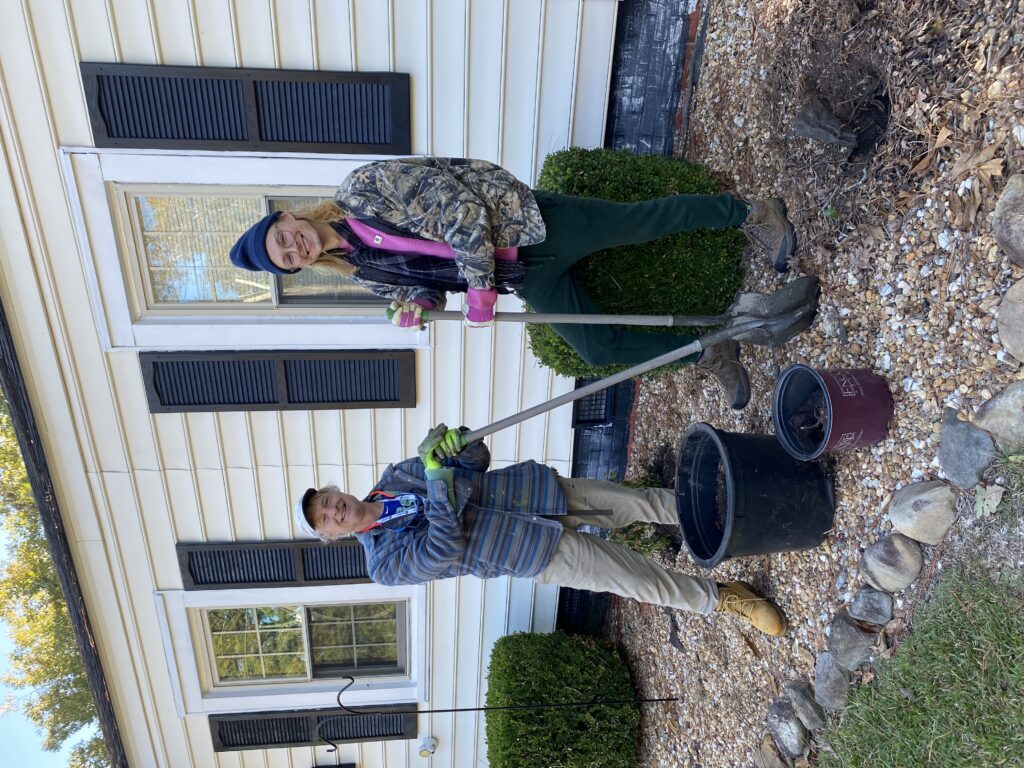
Let’s first make the case for digging in the dirt. Getting down on your hands and knees or reaching across to a raised bed and grabbing a handful of soil to prepare to plant is a primal and ancient nature/human connection stretching across millennia. Noted evolutionary biologist EO Wilson suggested we are wired to connect with nature and other living beings in instinctual and meaningful ways. Wilson coined human/nature instinctual bond as biophilia. Something so foundational to who we are as a species is bound to benefit our physical, mental and emotional conditions. No matter if it is a zucchini or gardenia, putting the seed in the dirt and tending to it till bloom or harvest keeps you active, reduces stress/anxiety, moderates heart rate, anchors you to the moment, and the list of wellness “nice to haves” runs as deep as a tap root. In fact, the field of horticulture therapy treats a garden no matter how small or large, no matter how isolated or well-visited as a Swiss army knife of therapy, with a garden component of healing for everyone in need. We have designed and built our gardens at Rose Haven Center of HeaIing with this premise in mind, a Total Life Fitness gymnasium. Of course, if it is a squash there is the added benefit of feeding your body as well as your soul, even a rutabaga – certainly not my favorite veggie and one that carries childhood memories of eating bitter chunks of it my mother tried to soften with potatoes and gravy.
Now, let’s extend our aperture to gardening with others in a neighborhood space where you individually reap what nature sows, especially if your residence doesn’t have a lot of dirt, or any dirt at all. The gardener is also a part of an effort to bring healthy living to the community.
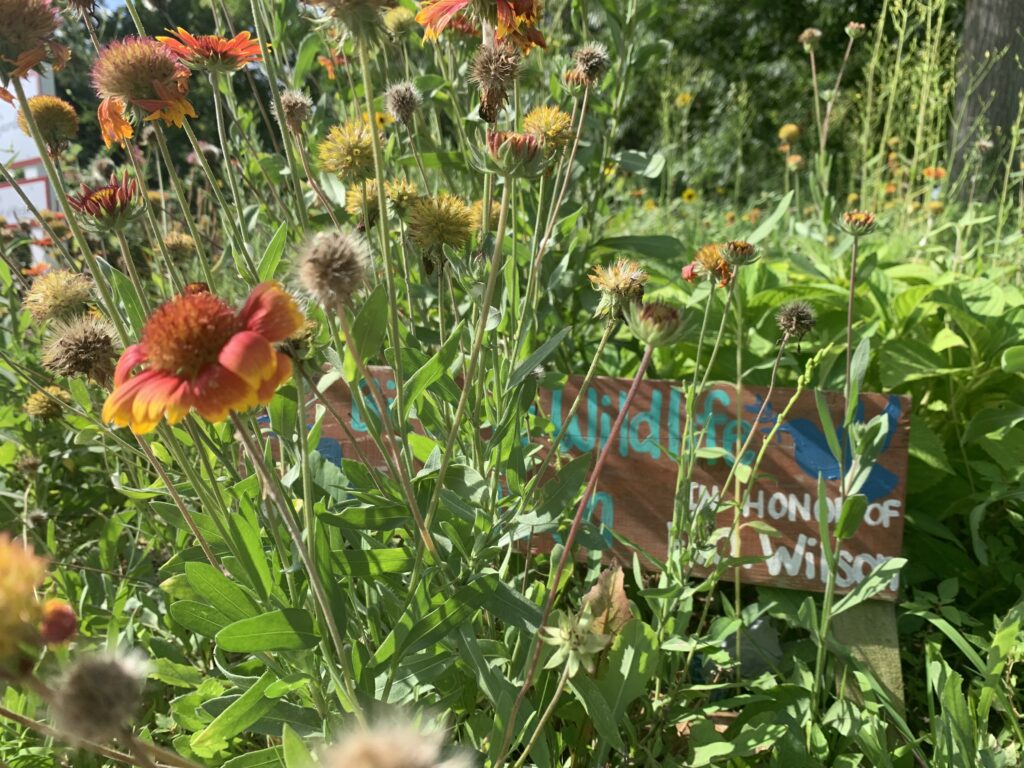
First, growing fresh produce with neighbors, especially in urban and rural areas (which are lacking in healthy and fresh produce) often labeled as food deserts) provides an element of food security for those who might need it.
Second, sharing gardens makes great neighbors. Community gardens aren’t called community gardens for no reason. Just think of community gardening as a preface to breaking bread together (or in this case, for me as a vegetarian, eating a sumptuous arugula and mixed green salad with the bowl overflowing with what you grew, lettuce, cukes, onions, celery, peppers, and even some parsley. I can’t resist adding the “sage, rosemary and thyme”- an epic line from the infamous musical duo who could have been closet vegetarians). When was the last time, you saw fisticuffs breakout over how deep a squash seed needs to be planted?
Third, community gardens can turn a vacant lot into a nature inspired green space, reducing safety concerns, beautifying a neighborhood and creating an oasis that is both wondrous and productive where before there was nature gone wild and/or neglected buildings waiting for someone or something to put them out of their misery. Of course, community gardens don’t need an urban zip code to be wellness accelerators. Limited space or no space has not deterred innovation in the form of rooftop gardens, produce growing up the side of tenements, once deserted warehouse containing grow lights and rows or columns of trays of veggie seedlings fed by water growing at un-natural speed to harvest. Now one can grow microgreens on a kitchen counter or in an amateur-engineered aeroponic systems in a basement.
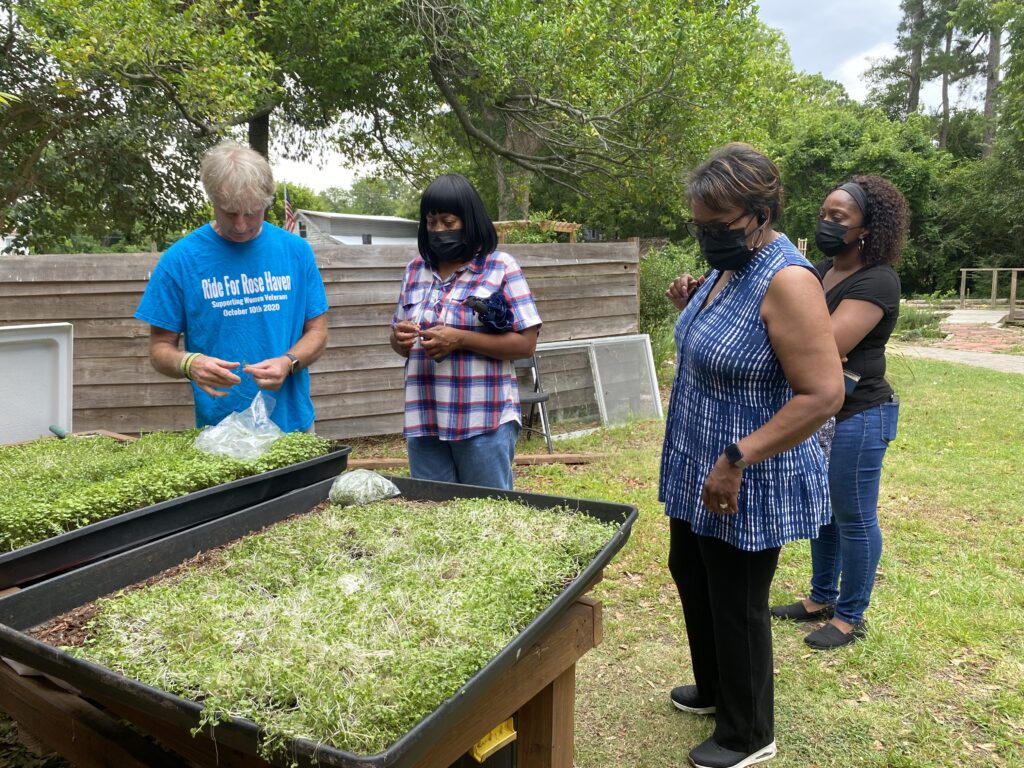
And finally, let’s end by our homage to community gardens with the utility of community gardens as an outdoor classroom and laboratory, on top of being a produce generator. Organizations such as local community colleges, County Ag Extension, 4H, other garden or botanical center, informally from ad-hoc gardening groups or even a community gardener sharing time and space can introduce the essentials of gardening to the uninitiated. Then with the community gardens beckoning, with perhaps a gentle nudge or two, let nature take its course. Borrowing from a well-known parable (and insert a vegetable, anything but rutabaga, please), you can give someone a salad filled with tomatoes, peppers, onions and more and feed for a day, you can teach that person to garden and help sustain a family for a lifetime.
To come full circle, the simple act of digging in the dirt and pushing a seed into the earthy aromatic soil, either in a backyard or a community garden, can lead to reversing food insecurity, and at its metaphorical roots, produce a cornucopia of benefits, a real life prevention strategy, that promotes healthy living.
Our PRI Public Health AmeriCorps is an approach to harness the healing and sustaining powers of community gardens to interdict food insecurity in at-risk populations, such as Veterans, college students, and the visually challenged while planting as a critical foundation of healthy eating to help change behavior. Our growing team of member/gardeners are already helping design and, in some cases, starting to build at our garden sites, or modify as in the case of Rose Haven (hint, we still have open slots for those interested in national service and changing lives one garden at a time – apply here).
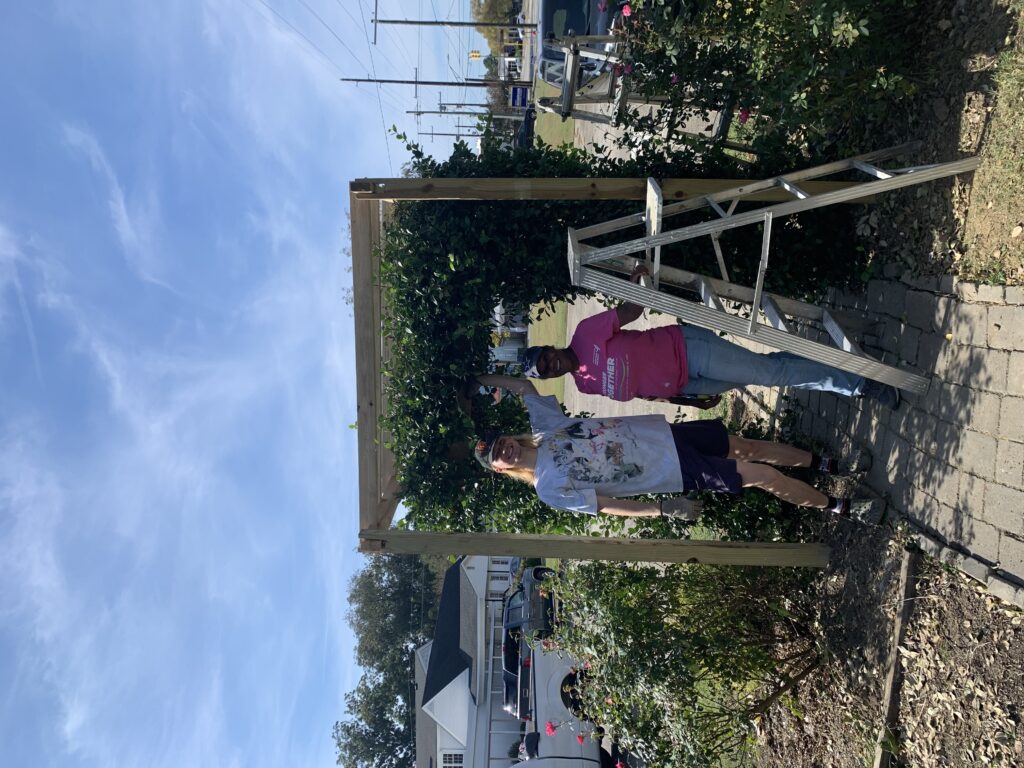
Every week or so we will chronicle our efforts in this newsletter/blog, “In the Weeds.” We will also highlight opportunities to volunteer or attend events or activities offered through the garden sites that touch on or engage facets of wellness. In fact, one of our projects is to build an online/hybrid course called “Gardening to wellness – seed to fork.” We will be working with Beaufort County Community College, also one of our garden sites, on bringing this effort to fruition and our PRI Public Health AmeriCorps team will be actively involved in producing this buffet of delectable nibbles designed to teach, inspire and entertain.
On a personal note, I have ADHD. Gardening is my intervention and a drug of choice to slow my brain and the world around me. Not a day goes by that I don’t have some part of me, physically and /or emotionally, diggin’ in the dirt with my two mothers: Betty Ann Sands, a master gardener, who we honored by naming the Healing Gardens after, and whose love of digging in the dirt was inherited by her 6 kids and Mother Earth. I also love eating tomatoes off the vine.
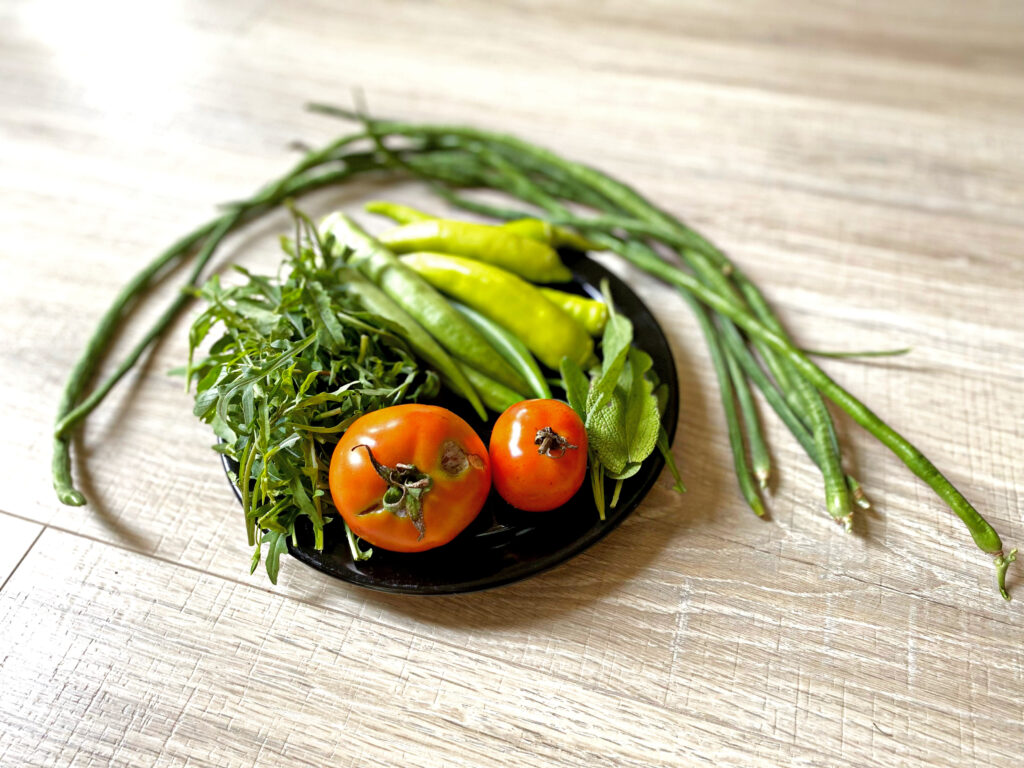
Enjoy our In the Weeds!


